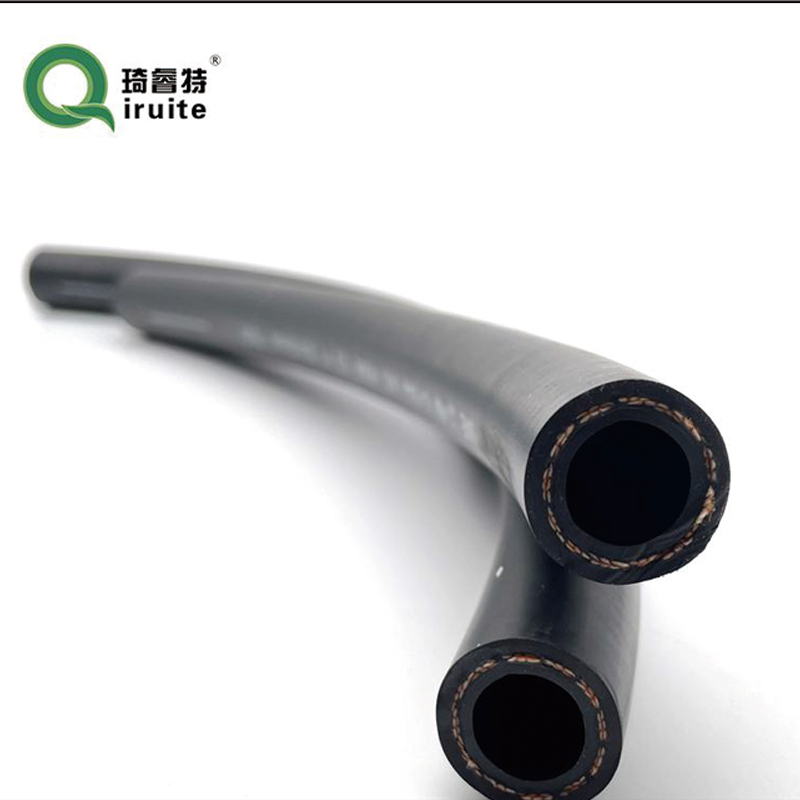power steering tube replacement
Power Steering Tube Replacement A Comprehensive Guide
Power steering systems are crucial for modern vehicles, providing drivers with the ease and control necessary for smooth navigation. Over time, these systems may experience wear and tear, especially components like the power steering tube. This article will guide you through the process of replacing your power steering tube, ensuring optimal performance for your vehicle.
Understanding the Power Steering System
Before delving into replacement procedures, it’s important to understand the role of the power steering tube. This component connects the power steering pump to the steering gear, transporting hydraulic fluid under pressure. When the power steering tube develops leaks or damage, it can lead to reduced steering performance, difficulty turning the wheel, or the steering system becoming completely inoperative.
Symptoms of a Failing Power Steering Tube
Recognizing the symptoms of a failing power steering tube is crucial. Look out for
1. Fluid Leaks If you notice a puddle of red or brown fluid under your vehicle, it could indicate a leak in the power steering tube. 2. Steering Difficulty A stiff steering wheel or increased effort in turning may signal that your power steering system is not operating efficiently. 3. Unusual Noises Hissing or whining sounds when steering could be a sign of low fluid levels, often caused by leaks. 4. Warning Lights Some vehicles are equipped with dashboard indicators for power steering issues. Pay attention to these warnings.
Tools and Materials Needed
To replace the power steering tube, you will need the following tools and materials
- Wrench set - Screwdrivers (flat-head and Phillips) - New power steering tube - Power steering fluid - Drain pan - Safety goggles and gloves - Rags or paper towels
Step-by-Step Replacement Process
power steering tube replacement

1. Safety Precautions Begin by disconnecting the negative battery terminal to prevent any electrical hazards. Also, ensure your vehicle is on a flat surface.
2. Locate the Power Steering Tube Open the hood and identify the power steering pump and the steering gear. The power steering tube will typically run between these two components.
3. Drain the Power Steering Fluid Place a drain pan under the power steering pump to collect any fluid that may spill during the process. Loosen the hose clamps and remove the hoses connected to the power steering tube. Allow the fluid to drain completely.
4. Remove the Old Power Steering Tube Use the appropriate wrenches to loosen and carefully detach the power steering tube from both the pump and the steering gear. Be cautious during this step to avoid damaging surrounding components.
5. Install the New Power Steering Tube Position the new power steering tube in place and connect it to the steering gear first. Ensure the connections are tight but be careful not to overtighten, as this could cause damage.
6. Reconnect the Power Steering Pump Reattach the tube to the pump in the same manner. Again, make sure everything is secure.
7. Refill Power Steering Fluid With the new tube installed, refill the power steering fluid reservoir to the recommended level. It’s essential to use the type of fluid specified in your vehicle's owner manual.
8. Check for Leaks Reconnect the battery terminal and start the vehicle. Turn the steering wheel from lock to lock to circulate the fluid and check for leaks. If any leaks are detected, turn off the engine and ensure all connections are properly tightened.
9. Test Drive Finally, take your vehicle for a test drive to ensure the steering system is functioning correctly and respond as expected.
Conclusion
Replacing the power steering tube is a manageable task for those with basic mechanical skills. Regular maintenance and timely replacements of failing components help ensure a safe and comfortable driving experience. If you encounter difficulties or feel uncertain during the process, it's always wise to consult a professional mechanic. Keeping your power steering system in pristine condition will enhance your vehicle's performance and extend its lifespan.
-
Ultimate Spiral Protection for Hoses & CablesNewsJun.26,2025
-
The Ultimate Quick-Connect Solutions for Every NeedNewsJun.26,2025
-
SAE J1401 Brake Hose: Reliable Choice for Safe BrakingNewsJun.26,2025
-
Reliable J2064 A/C Hoses for Real-World Cooling NeedsNewsJun.26,2025
-
Heavy-Duty Sewer Jetting Hoses Built to LastNewsJun.26,2025
-
Fix Power Steering Tube Leaks Fast – Durable & Affordable SolutionNewsJun.26,2025

